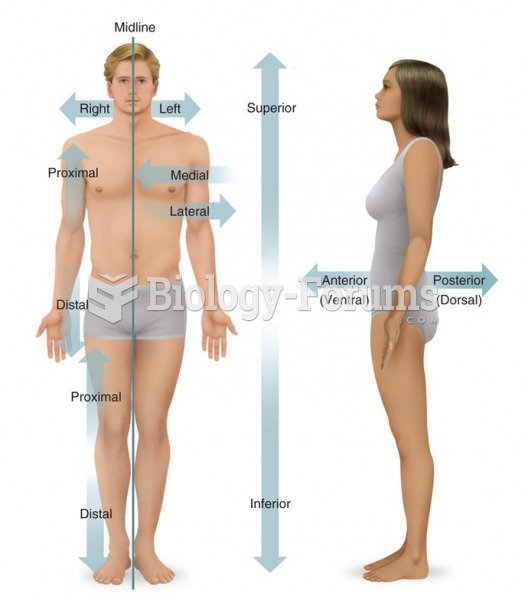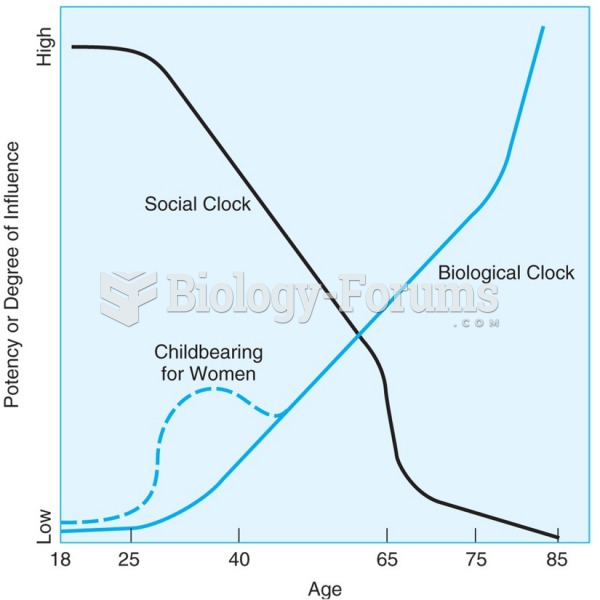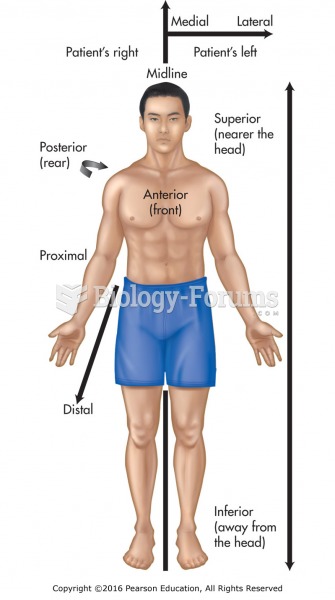Answer to Question 1
From a sociological perspective, prejudice is a negative attitude based on faulty generalizations about members of special racial and ethnic groups. The term prejudice means that people may be biased either for or against members of other groups even before they have had any contact with them. Although prejudice can be either positive (bias in favor of a groupoften our own) or negative (bias against a groupone we deem less worthy than our own), it most often refers to the negative attitudes that people may have about members of other racial or ethnic groups. Prejudice is rooted in ethnocentrism and stereotypes. When used in the context of racial and ethnic relations, ethnocentrism refers to the tendency to regard one's own culture and group as the standardand thus superiorwhereas all other groups are seen as inferior. Ethnocentrism is maintained and perpetuated by stereotypesovergene ralizations about the appearance, behavior, or other characteristics of members of particular categories. Stereotypes can be either positive or negative. Racism is a set of attitudes, beliefs, and practices that is used to justify the superior treatment of one racial or ethnic group and the inferior treatment of another racial or ethnic group. The world has seen a long history of racism; it can be traced from the earliest civilizations.
Racism may be overt or subtle. Overt racism is more blatant and may take the form of public statements about the inferiority of members of a racial or ethnic group. Subtle forms of racism are often hidden from sight and more difficult to recognize.
Racism tends to intensify in times of economic uncertainty and high rates of immigration. Recently, relatively high rates of immigration in nations such as the United States, Canada, England, France, and Germany have been accompanied by an upsurge in racism and racial conflict.
Answer to Question 2
d







